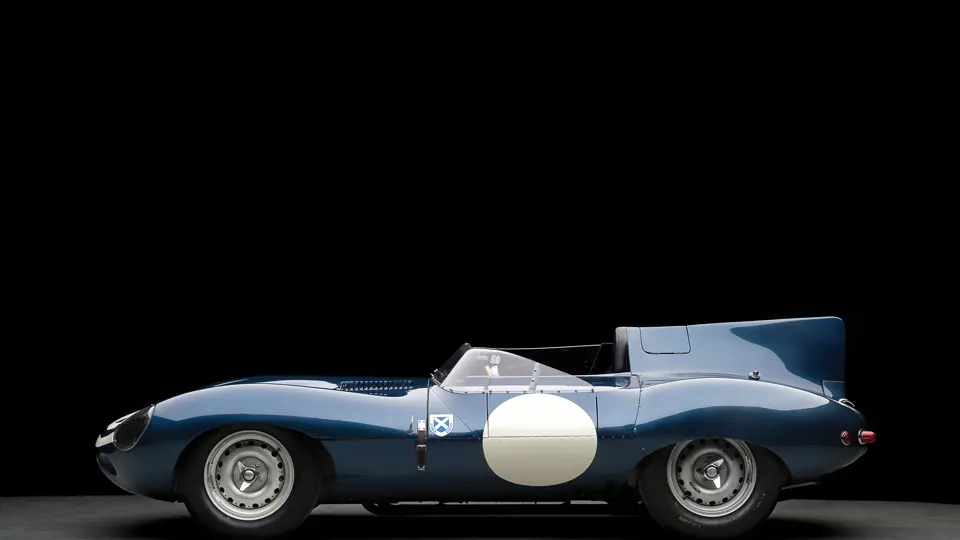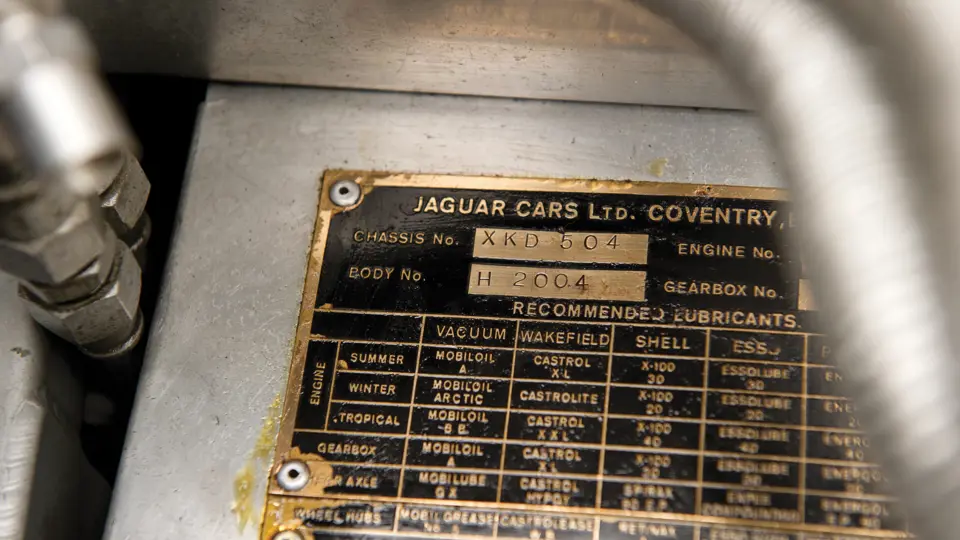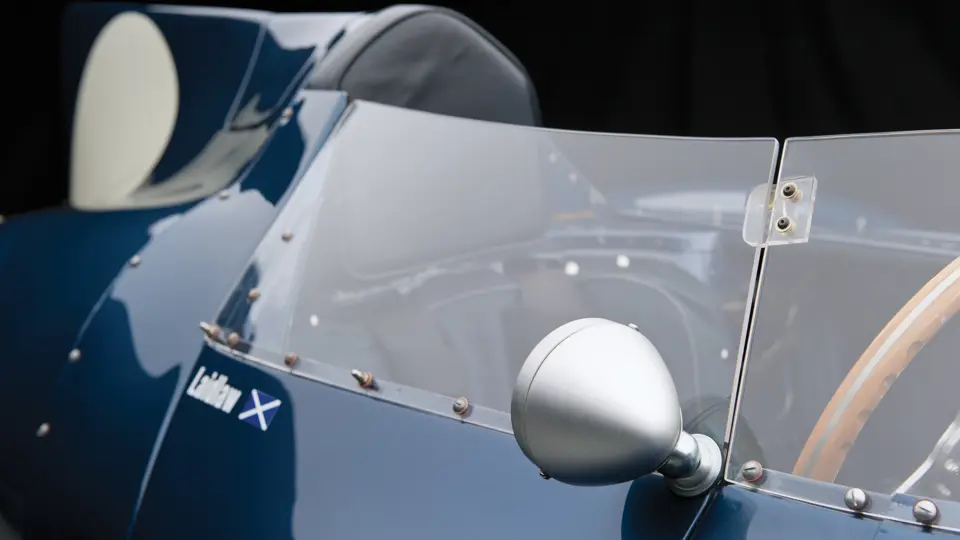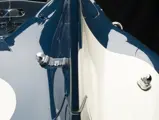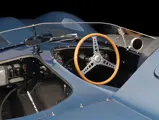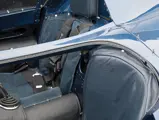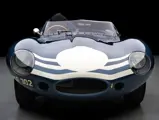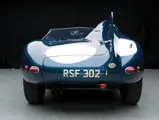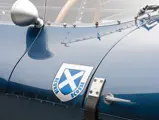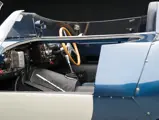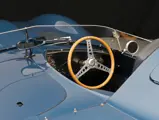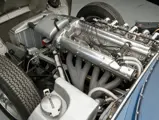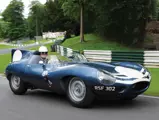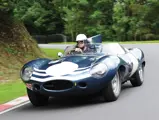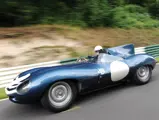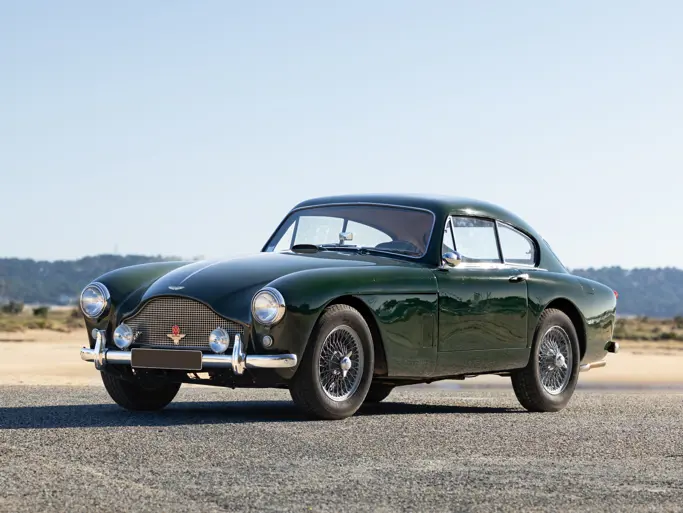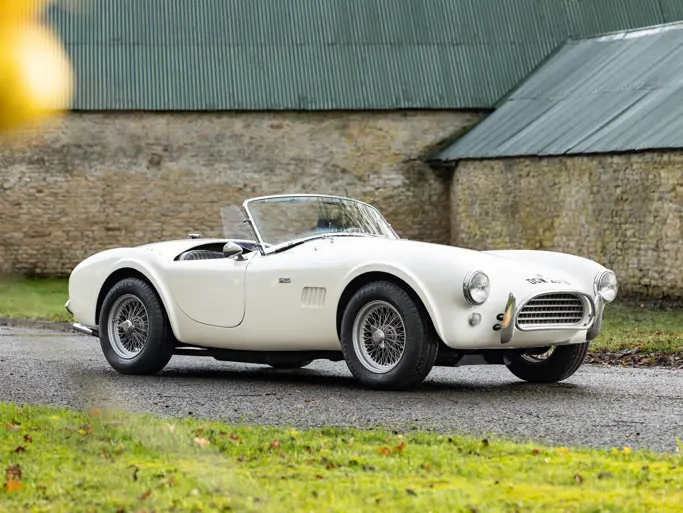
1955 Jaguar D-Type
{{lr.item.text}}
£5,500,000 - £6,500,000 GBP | Not Sold
From the Laidlaw Competition Car Collection
{{bidding.lot.reserveStatusFormatted}}
- Offered from the Laidlaw Competition Car Collection
- Ex-Jaguar Works and Ecurie Ecosse; the first long-nose D-Type race car
- Raced at Silverstone, the Nürburgring 1000 km, under the Factory team
- Historic example; originally used for fuel-injection testing
- Formerly owned by, amongst others, Mike Salmon, Peter Sutcliffe, Neil Corner, and Sir Paul Vestey
- A true icon of British sports car racing
285 bhp, 3,781 cc DOHC six-cylinder engine with wide-angle cylinder heads, four-speed synchromesh gearbox, independent front suspension with double wishbones and longitudinal torsion bars, live rear axle with rear trailing links and single transverse torsion bar, and four-wheel hydraulic disc brakes. Wheelbase: 2,300 mm
Jaguar’s founding chairman, Sir William Lyons, understood that great styling and success in international racing sold cars. As such, the race to win, above all, was the gruelling 24 Hours of Le Mans. His phenomenal C-Type Jaguars, developed from the road going XK120, won Le Mans outright in 1951 and 1953. Jaguar was then under great pressure to come up with a new car to continue this record of success. The result was soon to become a legend. Late in 1953, Jaguar factory’s test driver, Norman Dewis, managed nearly 180 mph on the Jabbeke Highway in Belgium in a C/D-Type prototype, auguring well for the subsequent model D-Type’s chances in the seasons ahead.
Whilst the C-Type Jaguar employed a strong triangulated tubular chassis construction, the D-Type was built around an all-new, riveted aluminium-magnesium alloy monocoque designed by Jaguar’s chief designer and brilliant aerodynamicist, Malcom Sayer. Having spent time with the Bristol Aeroplane Company studying aeronautics, Sayer employed techniques evolved in the aviation industry to perfect his advanced method of monocoque construction. He was one of the first designers to apply the principles of aerodynamics to cars, coincidentally creating one of the most beautiful forms of the era. Sayer famously went on, of course, to design the legendary Jaguar E-Type. The D-Type was smaller, five inches shorter, and more svelte than a C-Type. The two-seat cockpit was permanently divided by a thin body panel that had a snug right-hand-side opening for the driver, with a smaller opening on the “passenger” side.
A welded aluminium front sub-frame of square-section tubes, bolted to the monocoque, was used to mount the familiar seven main bearing, 3.4-litre Jaguar engine, which was now canted eight degrees from vertical to clear the low bonnet line. The adoption of dry-sump lubrication allowed the engine to drop a further three inches in the sub-frame to further reduce the frontal area. Equipped with three twin-choke Weber carburettors, the output was a healthy 250 horsepower.
Jaguar fitted its own, new, all-synchromesh, four-speed gearbox and utilised a three-plate clutch. Dunlop supplied not only the disc brakes, with multi piston callipers, but they also provided the stylish knock-off magnesium alloy wheels, which were drilled for lightness and brake cooling. The rack-and-pinion steering was based on the XK140 road car. Twin rubber fuel tanks in the rear were accessed via a quick-release filler cap that was incorporated in the driver’s faired headrest, to which a slim tailfin was riveted to ensure high-speed straight-line stability.
Jaguar entered four D-Types at Le Mans for 1954. Three of the cars retired due to brake problems and engine issues, but not before Stirling Moss had managed 172.97 mph on the Mulsanne Straight. The Gonzalez/Trintignant 4.9 Ferrari 375 Plus, a much larger-engined car, was 12 mph slower. Tony Rolt and Duncan Hamilton, despite spending considerable time in the pits, finished just 105 seconds behind the winning Ferrari.
One month later, at the 12 Hours of Reims, D-Types finished 1st and 2nd. For the 1955 racing season, the D-Type was much improved, with a brazed steel front sub-frame that, whilst stronger, was in fact a little lighter than the previous aluminium unit. Many structural improvements were made, and new “long-nose” bodywork, with prominent cooling ducts in the front, lengthened the car by 7.5 inches.
The Works long-nose racers, such as the example offered today, were equipped with a wide wraparound windscreen that faired into the driver’s headrest, which itself was enhanced with a smoothly tapered fin that gracefully blended into the rear of the body. These body modifications by Sayer were intended to give improved penetration and stability, as well as better driver protection for the faster sections of the circuit, where speeds reached well in excess of 180 mph, which was incredible for 1955. The modified cockpit also gave the driver more elbow room and, therefore, a little more comfort, which was essential for endurance racing. Extensive cylinder head modifications increased power to 285 brake horsepower at 5,750 rpm for the Works cars.
The subject of this sale, XKD 504, was used as a test car for the prototype fuel-injection system, and it was subject to numerous engine changes whilst being run by the Works team. It was the spare car for the 1955 Le Mans race, which was the year of the worst accident in motor racing history, resulting in the withdrawal of the entire Mercedes-Benz team. Mike Hawthorn and Ivor Bueb, in XKD 505, went on to win that ill-fated race.
XKD 504 went on to race in British racing green livery, wearing the Works trade plate number ‘164 WK’, at Silverstone in May 1956, with Jack Fairman at the wheel, and it then went on to the awe-inspiring Nürburgring 1000 km, where Frere and Hamilton was the driver pairing.
Jaguar built some 67 D-Types between 1955 and 1956. In their final year of production, and despite mixed results in European competition, the factory D-Types finished 1st, 2nd, and 3rd at Reims, where the overall winner, Duncan Hamilton, set a new lap record, after ignoring repeated pit signals that urged him to slow down.
At Le Mans in 1956, the final year for the factory sports-racing team, and overcoming the bad luck that plagued the Works cars, leading privateer Ecurie Ecosse won the race. The team repeated that feat again in 1957, for a remarkable D-Type racing “hat trick”. The Scottish stable, founded by Edinburgh accountant David Murray, was one of the most successful privateer racing teams in history, and XKD 504 joined their competition line-up in October 1956.
For two years, the car was regularly campaigned by Ecurie Ecosse throughout Europe, sporting the Scuderia’s striking colours of Flag metallic blue with three white nose bands. XKD 504 ran at Spa and St. Etienne in the hands of Jock Lawrence, who claimed 2nd in the latter and finished 6th in the famous “Monzanapolis” event of 1957 at the Monza banked circuit, with Ninian Sanderson at the wheel. At the end of the 1957 season, following the tragic accident on the Mille Miglia, an FIA rule change to a 3.0-litre requirement ended the D-Type’s racing dominance.
However, in 1958, XKD 504 returned to Le Mans with a three-litre engine (number E 4007-10), wearing race number 7, and being driven by John Lawrence and Ninian Sanderson, but regrettably, it DNF. For its final Ecurie Ecosse outing, Masten Gregory and Innes Ireland competed at the Goodwood Tourist Trophy of 1958, where XKD 504 finished 4th.
In addition to the great success achieved in Europe, it should be noted that D-Types also competed very successfully in North America, with Briggs Cunningham’s cars winning at Watkins Glen three years in a row from 1955 to 1957.
XKD 504 continued its racing career in the hands of Mike Salmon, who won the Snetterton three-hour race in 1961, before being campaigned by legendary British privateer Peter Sutcliffe, whose virtuoso performances earned him the right to drive a Lightweight E-Type. Sutcliffe continued to race the car until an accident at Snetterton in 1963 (documented in Andrew Whyte’s Jaguar: Sports Racing and Works Competition Cars from 1954) ended its contemporary racing career. During the rebuild at the Jaguar factory, it was decided that the damaged front sub-frame would be replaced, as would have been normal practice in period. Jaguar already had the sub-frame from the 1955 Le Mans winner, XKD 505, which was available and fitted to 504.
Peter Sutcliffe recently recalled that 504 “was probably the best car I ever had”.
“My grandmother died and left me a small bequest, and it was sufficient to buy the D-Type from Michael [Mike Salmon]. I paid him £1,750 for it!! I raced it for just over a year, but I had a crash at Snetterton, and it had to be sent back to the factory for repairs. I found I needed some money, so I brought the D-Type back from Browns Lane to Huddersfield in the back of my lorry and offered it for sale. I then had a call from Neil Corner, who came down to see the car with his wife Freda. I opened the side door of the transporter and showed Neil the nearside wheel and bodywork and Neil agreed to buy it”.
Neil Corner continues:
The first historic race for historic sports cars was at Castle Coombe, and it was run under the Griffiths formula and master minded by photographer Guy Griffiths in May 1966, which we were fortunate to win. This was the first of many after buying the car from my mate Peter Sutcliffe in April of that year. I really learned my trade driving this car, and it was fabulous in the wet too! Freda often came with me as passenger. Race preparation consisted of removing the R5 plugs and inserting R3s and checking the tyre pressures. Great Days!
I remember one great occasion when my mate Colin Crabbe, who owned Project 214 at the time, and I drove in convoy from Durham to Silverstone. It was the last day before the 70 mph speed limit came into force and the M1 ended at Lutterworth, so we blasted flat out down the motorway at about 160 mph before turning-off for Towcester!
We won races at both Silverstone club and grand prix circuits, Oulton Park, Crystal Palace, Castle Coombe, and Brands Hatch, and most remarkably, we were at the 1968 BRDC Clubmans Championships on the Silverstone Grand Prix Circuit, where we equalled Mike Hawthorn’s lap record in his Works long-nose.
In 1981, Corner sold XKD 504 to another well-known British collector and historic racer, Sir Paul Vestey. He elected to fully restore his new car at leading specialists Lynx Engineering, at which point the decision was taken to remove the sub-frame from XKD 505 and fit a replacement sub-frame to 504. In 1994, it became known that Sutcliffe had kept the original, damaged sub-frame, and it was then repaired and re-united with the car, returning XKD 504 to its correct, original state. After Vestey sold the car, it passed through two enthusiastic American vintage racers, Dr Lou Sellyei and John McCaw, before being acquired and brought back to the UK by Scottish enthusiast and historic racer Lord Laidlaw in October 2010.
As a recent addition to the Laidlaw competition stable, it was dispatched to the specialists at Classic Performance Engineering for a full pre-competition shakedown and entered for the RAC Woodcote Trophy for pre-1956 sports cars at Donington in 2011, where the pairing of Laidlaw and Hadfield was victorious. Laidlaw and Hadfield went on win the Woodcote Trophy at the Grand Prix L’Age d’Or in June of the same year.
Its tradition of fierce competition at the world’s greatest venues in period, and being driven by notable drivers, continues to the present day. Noted Jaguar restorer Terry Larsen, who compiled the extensive racing history of XKD 504, which is available for inspection, recently stated that he believes XKD 504 “has the most races of any other D-Type”.
Bearing its original Edinburgh registration, ‘RSF 302’, issued in January 1958, XKD 504 has been owned and raced by a highly respected list of former keepers, and it is a car of wonderful provenance. It has been maintained in impeccable race-prepared condition by Simon Hadfield Motorsport, and it is proudly presented in its distinctive Ecurie Ecosse team livery. XKD 504 is fitted with a wide-angle, 3.8-litre engine, number E 4001-10, and it is documented with a current MSA Historic Technical Passport in its 3.8-litre configuration. Its extensive history file includes copies of the 1958 Le Mans entry and scrutineering forms, amongst a host of other documentation.
This superb ex-Works long-nose D-Type Jaguar is unquestionably one of the most significant and iconic historic competition cars extant. The new owner, should he or she choose to race it, will enjoy a world of competition and, undoubtedly, much silverware in the process. The opportunity of achieving 180 mph on the Mulsanne Straight is an experience not to be missed, and certainly one that will never be forgotten.




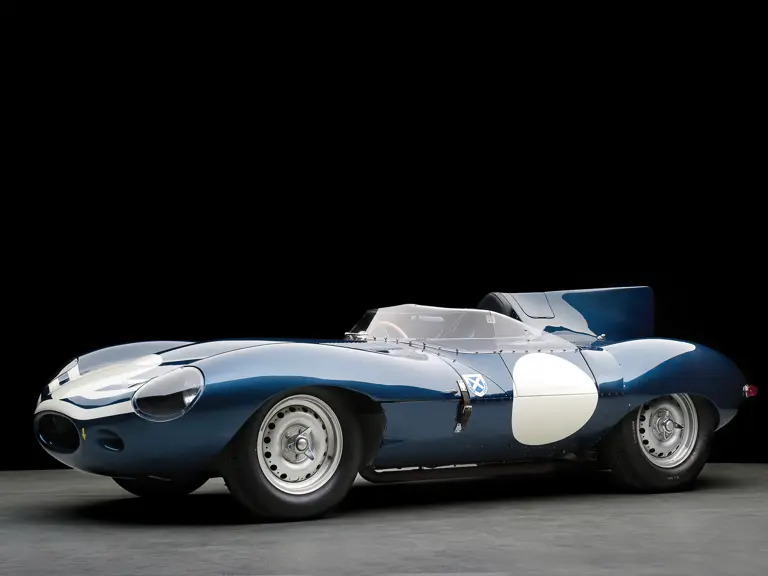
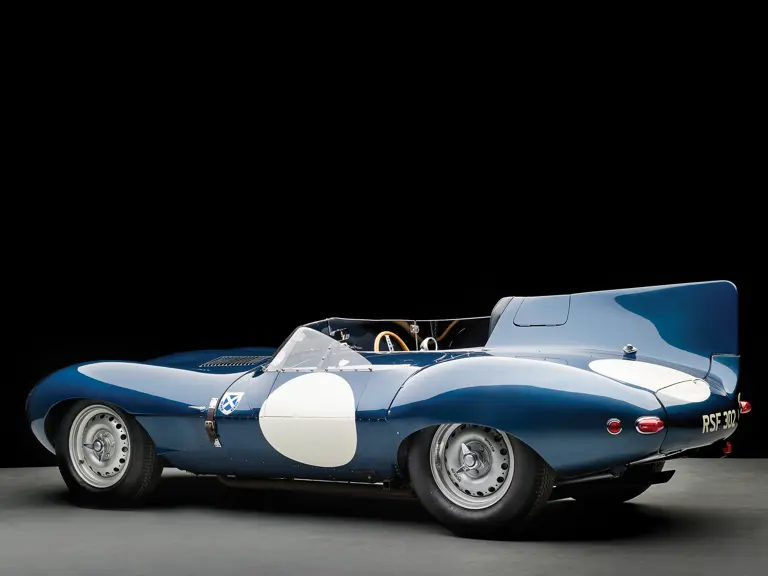
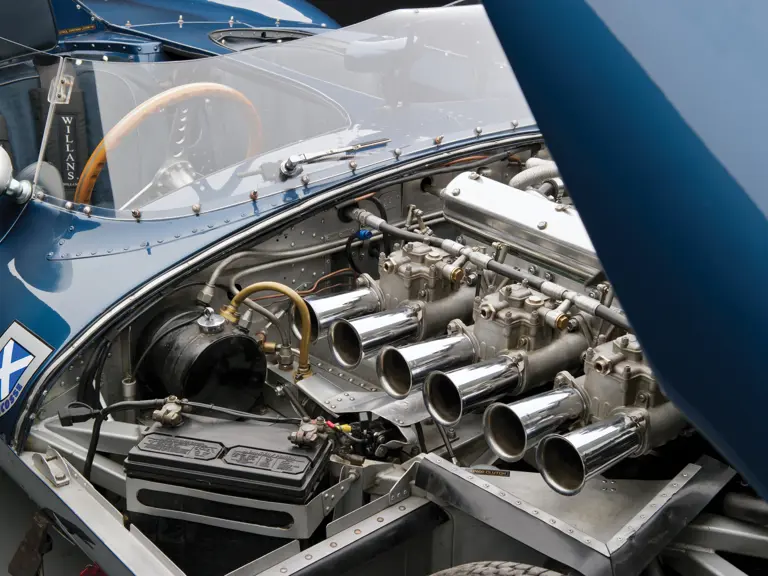


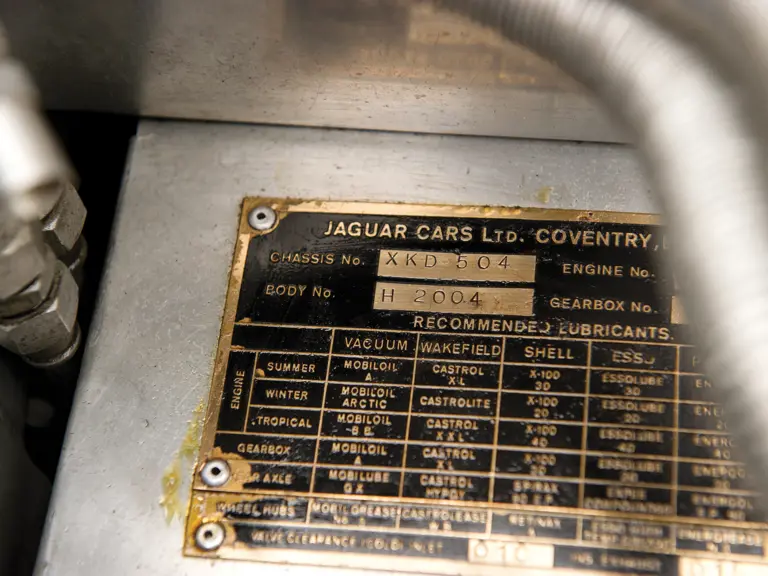


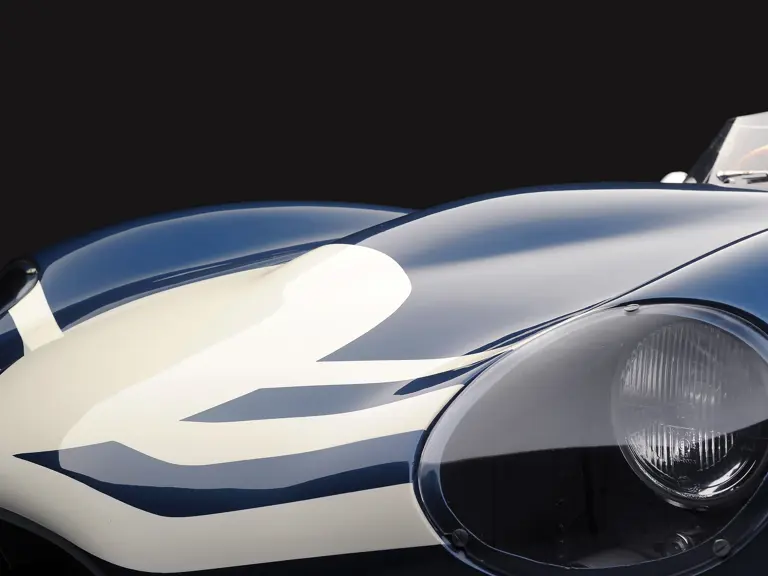
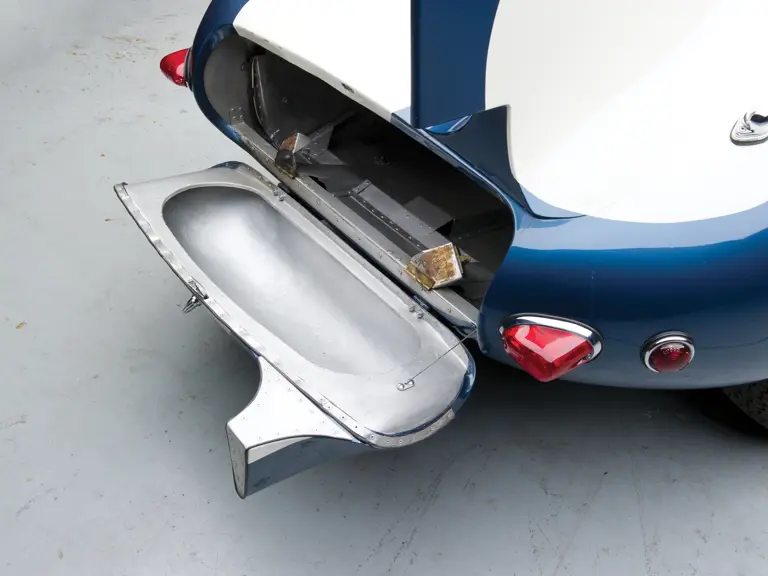
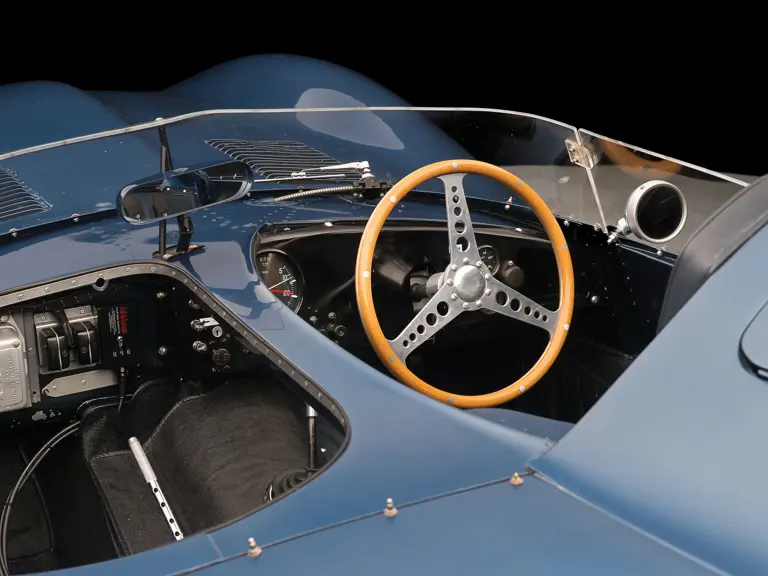

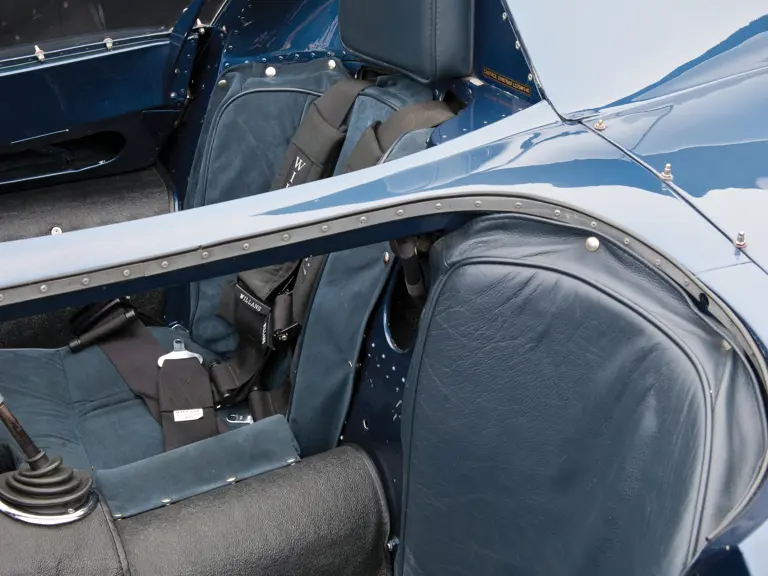


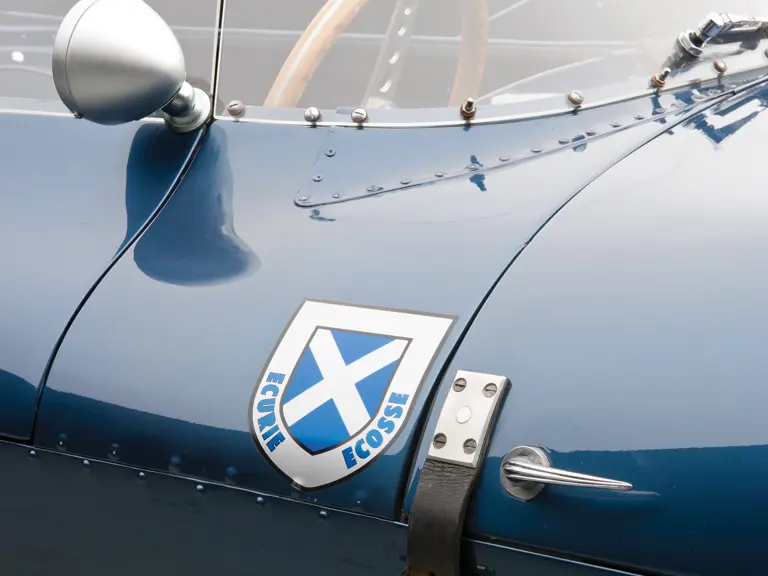
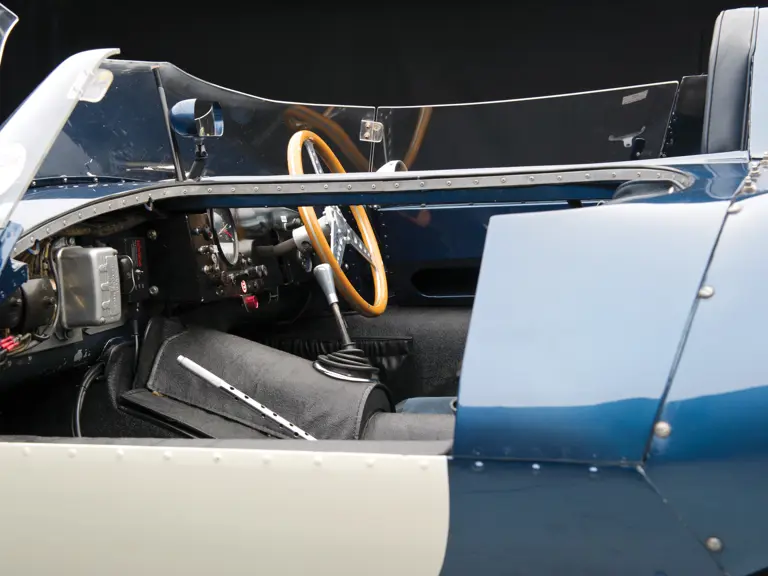


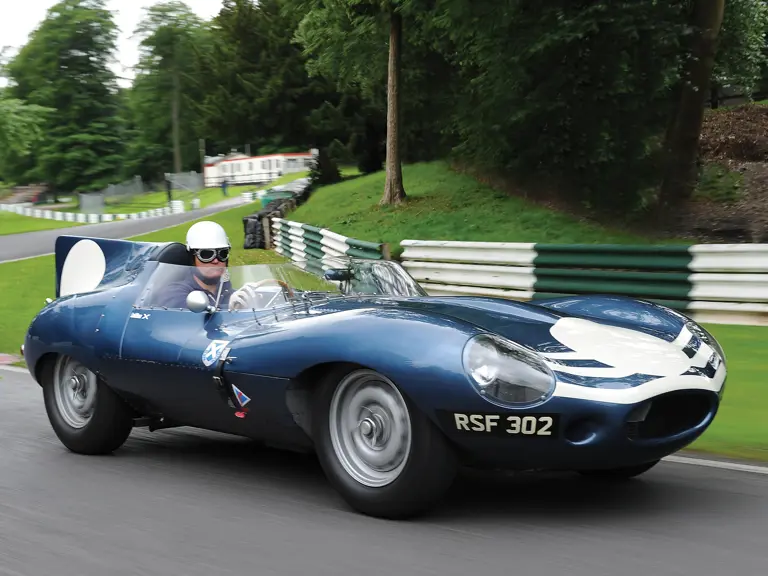


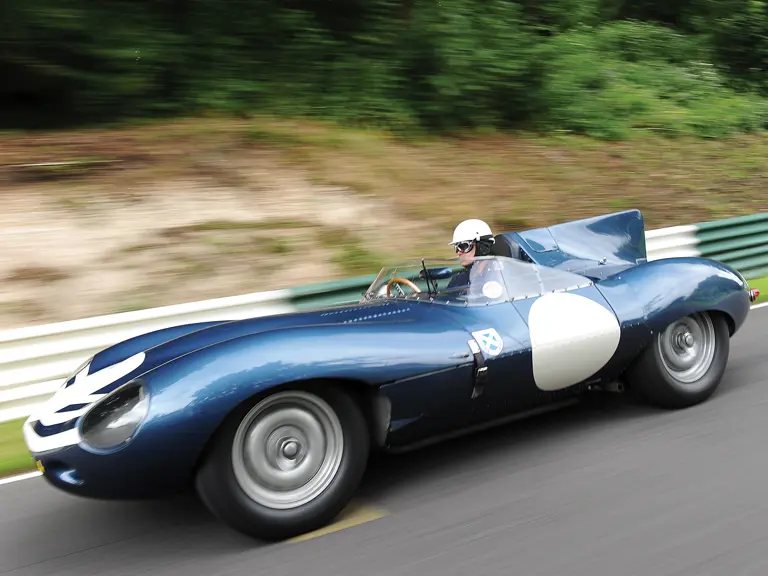
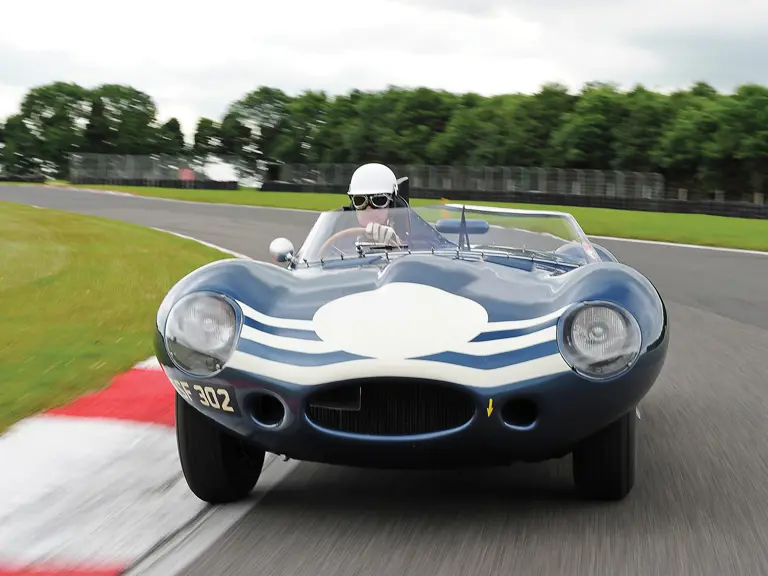


 | London, United Kingdom
| London, United Kingdom
